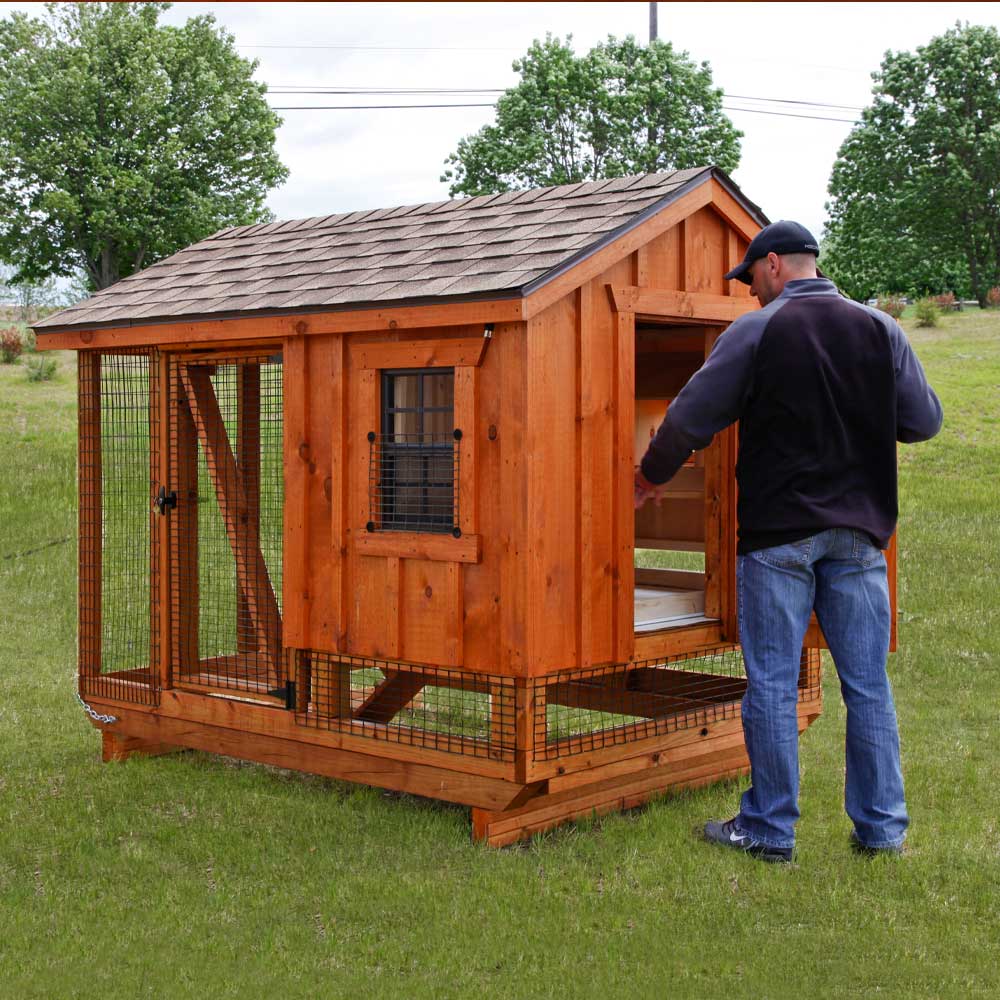Chicken Coops: A Panel Discussion on Rural Living and Homesteading
Introduction:
Welcome to our panel discussion on chicken coops, where we bring together a group of experts in rural living and homesteading to share their insights and experiences. In this post, we will explore the importance of chicken coops, discuss various designs and considerations for building one, address the different types of materials used, touch upon maintenance tips, and highlight the benefits of having chickens in your backyard.
Panelists:
1. Emma Wilson – Homesteader with over 10 years of experience in raising chickens.
2. David Thompson – Architect specializing in sustainable design for small-scale farming.
3. Sarah Johnson – Veterinarian with expertise in poultry health and welfare.
4. Mike Anderson – Permaculture expert focusing on integrating livestock into regenerative farming systems.
Importance of Chicken Coops:
Emma: Having a well-designed chicken coop is essential for several reasons. It provides shelter from predators like foxes or raccoons while keeping your flock safe and secure at night. Coops also help regulate temperature during extreme weather conditions, ensuring that chickens stay warm during winter months and cool in the summer heat.
David: Additionally, chicken coops play a crucial role in preventing diseases by minimizing contact with wild birds or rodents that can transmit infections to your flock. Moreover, they provide an organized space for egg-laying boxes and roosting perches – vital components for maintaining cleanliness and promoting natural behaviors among chickens.
Design Considerations:
Sarah: When it comes to designing a coop, it’s important to consider both functionality and comfort for your chickens. The size of the coop should allow ample space for each bird to move around comfortably; approximately four square feet per hen is recommended as a minimum guideline.
Mike: Ventilation is another crucial aspect often overlooked by beginners. Proper airflow helps prevent moisture buildup which can lead to respiratory issues among chickens. Incorporating windows or vents, while ensuring they are predator-proof, is essential for maintaining good air quality within the coop.
Materials Used:
David: Chicken coops can be constructed using a variety of materials. Wood is a popular choice due to its natural insulation properties and aesthetically pleasing appearance. However, it requires regular maintenance to prevent rotting and termite infestations.
Emma: Metal coops are another option as they are more durable and resistant to predators. They also offer easier cleaning options but may require additional insulation during extreme temperatures. Plastic coops provide an affordable alternative that is lightweight and easy to clean, but they may not withstand harsh weather conditions as well as other materials.
Maintenance Tips:
Mike: Regular cleaning of the coop is crucial for maintaining healthy chickens. Remove droppings, replace bedding material frequently, and ensure proper drainage to avoid ammonia buildup which could lead to respiratory issues in your flock.
Sarah: It’s important to regularly check for signs of pests or diseases such as mites or lice. Implementing preventive measures like dust baths with diatomaceous earth can help control parasite populations naturally.
Benefits of Having Chickens:
David: Aside from fresh eggs being readily available in your backyard, having chickens provides numerous benefits for homesteaders. Chickens act as natural pest controllers by eating insects and weeds, saving you money on chemical pesticides while benefiting your garden ecosystem.
Emma: Furthermore, chickens produce nutrient-rich manure that can be used as compost for improving soil fertility, reducing the need for synthetic fertilizers. They also contribute positively towards sustainable waste management by consuming kitchen scraps that would otherwise go into landfills.
Sarah: For families with children or those seeking a connection with nature, raising chickens offers an excellent educational opportunity while instilling responsibility and empathy towards animals among youngsters.
Conclusion:
Building a chicken coop is an exciting endeavor that requires careful consideration of design elements and materials suited for your specific needs. By following expert advice and considering the unique challenges of your environment, you’ll be on your way to providing a safe and comfortable home for your feathered friends. Remember, a well-maintained coop not only ensures the health and well-being of your chickens but also brings joy, fresh eggs, and sustainable benefits to your rural living or homesteading lifestyle.


Leave a comment